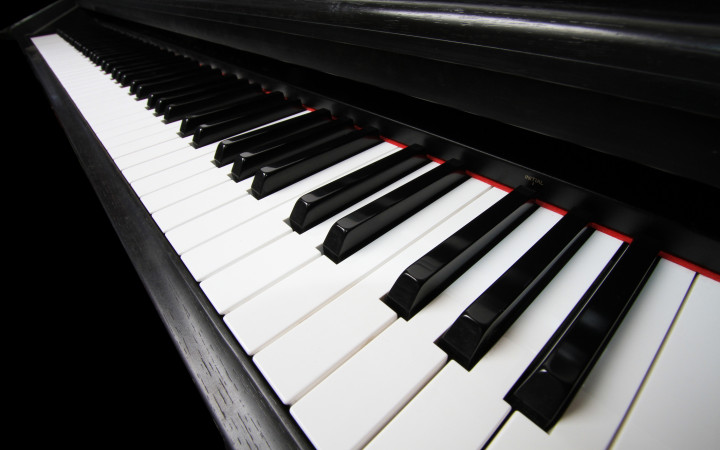Today’s Wonder of the Day was inspired by Paula. Paula Wonders, “why does a piano have 88 keys” Thanks for WONDERing with us, Paula!
Have you ever played a real piano? If so, you know how fun it can be to start at one end of the keyboard and run your finger all the way to the opposite end, playing all of the notes in the process.
Unlike xylophones, which have up to 40 keys, or most woodwind instruments, which have a limited number of keys, pianos have a whopping 88 keys. Each key represents a different note, giving the piano a wide range of sounds.
Have you ever WONDERed why the piano has 88 keys, though? Why not 44? Or 212? Why 88? The answer, as it turns out, has both historical and practical aspects.
The piano got its start as a modification of the harpsichord, which had 60 keys. The first pianos, therefore, usually had 60 keys. 60 keys represented five octaves, since there are 12 notes in an octave.
As more and more pianos were made, composers began to write more music for the piano. It wasn't long before their compositions took them beyond the five octaves available on pianos at that time. Composers began to work with piano makers to create pianos with more keys, so that they could write new music with a wider range.
Over the course of the history of the piano, you can find many different versions of pianos with many different numbers of keys. By the mid-1800s, pianos had expanded to a full seven octaves.
In the late 1880s, popular piano manufacturer Steinway created the 88-key piano that is the standard today. Other manufacturers followed Steinway's lead and 88 keys has been the standard ever since.
The 88-key piano features a full seven octaves, plus a few other notes. Why stop at 88 keys? Most composers don't write music that includes notes beyond those available on the 88-key piano. Plus, notes lower or higher than those on the 88-key piano aren't easy for the human ear to hear as distinct notes beyond those that already exist.
Today's modern piano has 52 white keys and 36 black keys. The white keys represent the musical tones A, B, C, D, E, F, and G. The black keys differ from the white keys in that they represent half-step intervals — known as sharps and flats — between various notes. A group of seven white keys and five black keys together make up the 12 notes we call an octave.
As artists tend to do, there are piano makers out there today who are still pushing the boundaries of the piano's capabilities. Stuart and Sons, an Australian piano manufacturer, now makes a “super" grand piano that features 102 keys, 14 more than the norm.
Could pianos be made with even more keys? The answer is yes, but there are many considerations that weigh against pianos with even more keys. In addition to the fact that the human ear can't distinguish many of these added notes, pianos with more keys tend to be longer and heavier than normal pianos — and more expensive. For example, a 102-key Stuart and Sons piano can cost as much as $300,000!




